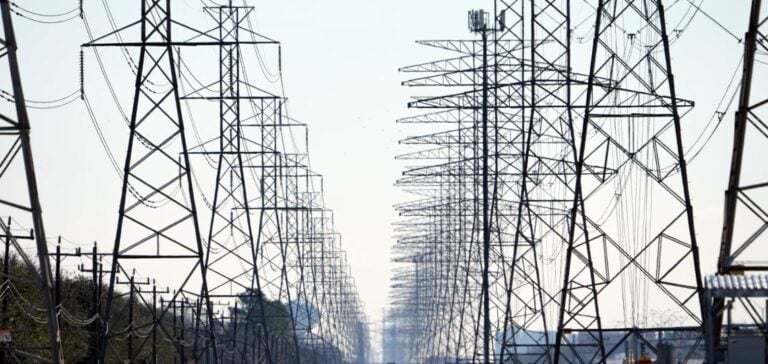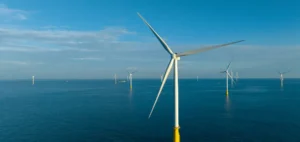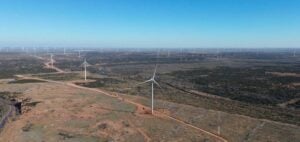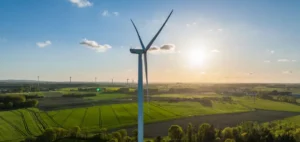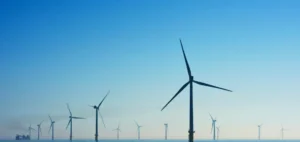Texas, a key energy region in the United States, has recently faced significant disruptions in its electricity and gas markets. Extreme weather conditions, combining high winds and freezing temperatures, caused unprecedented energy price variations, ranging from -$10.98 to $82.75 per megawatt-hour (MWh).
Data from the U.S. Energy Information Administration shows that Texas’s wind power fleet, managed by the Electric Reliability Council of Texas (ERCOT), generated 537.7 gigawatt-hours (GWh) of electricity on January 5, more than twice the five-year average. However, this overproduction drove real-time prices into negative territory for 17 hours that day.
Impact of Freezing Temperatures
The situation shifted rapidly with the arrival of an intense cold wave on January 6. Average temperatures in the ERCOT region dropped to 23.1 degrees Fahrenheit, compared to a historical average of 39.1 degrees. This sharp decline significantly increased energy demand, with a projected peak of 73.5 GW on January 7, more than a 50% increase over seasonal averages.
As a result, prices surged, averaging $44.50/MWh on January 6, after dropping to $9.46/MWh the previous day. Price forecasts for the period up to January 10 reached $82.75/MWh, underscoring the impact of weather conditions on the market.
Rebound of Natural Gas
This surge in electricity demand also boosted natural gas consumption. Power generation using natural gas exceeded 6.3 billion cubic feet (Bcf) on January 6, an 80% increase compared to the five-year average. Prices followed this upward trend as well.
The Houston Ship Channel hub saw its rates rise from $2.99 to $3.82 per million British Thermal Units (MMBtu) for January 7 deliveries. This dynamic reflects increased pressure on gas supply throughout the southern United States.
Regional Impacts on Neighboring Areas
Neighboring systems, such as the Southwest Power Pool (SPP) and the Midcontinent Independent System Operator (MISO), also felt the effects. SPP issued extended weather advisories and reported increased average loads, reaching 42.5 GW between January 6 and 8.
In the MISO region, extreme temperatures drove an increase in electricity demand, estimated at 94.2 GW for January 6-9, about 10% above normal forecasts. These fluctuations highlight the resilience needed to manage unpredictable conditions.
Growing Challenges for Grid Operators
The price and production variations emphasize the challenges posed by weather extremes to energy

